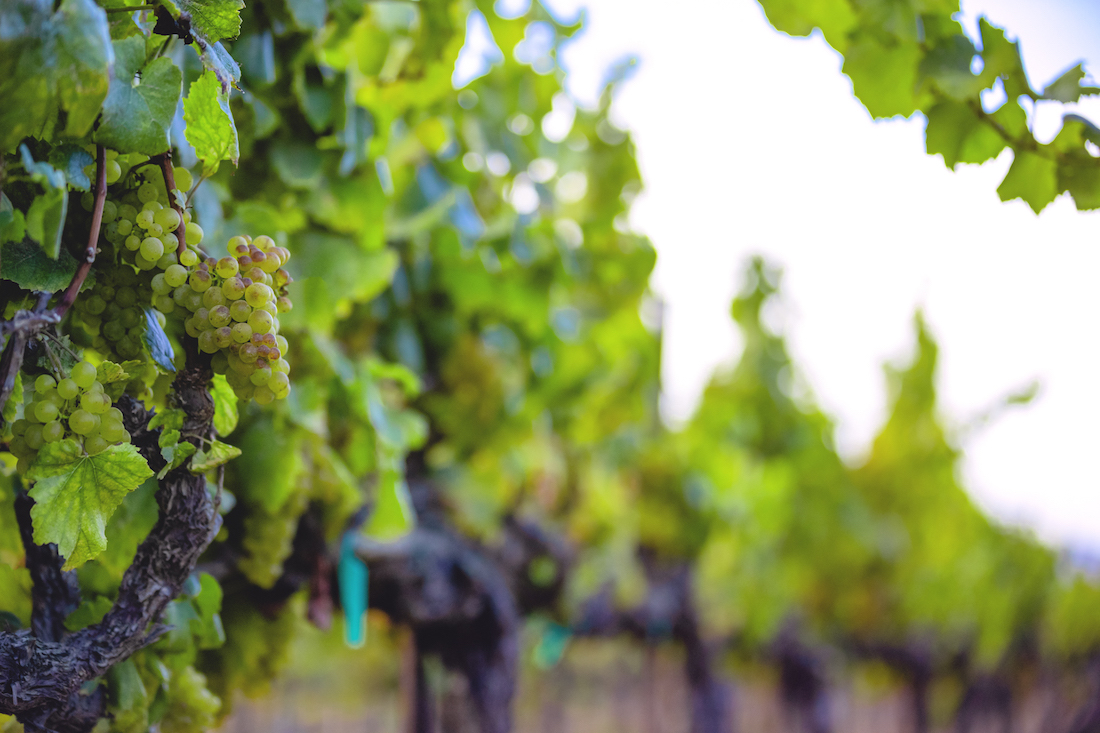Chardonnay Chills in the Santa Lucia Highlands
Cool coastal winds and California sunshine strike the perfect balance

If Pinot Noir is the king of Santa Lucia Highlands, Chardonnay is its queen and the second most widely planted grape variety in the region. Like Pinot, Chardonnay thrives in the region’s cool-climate, developing nuances from vineyard to vineyard that inspire its single-vineyard bottlings and beautifully crafted blends.
Santa Lucia Highland’s moderate temperatures throughout the growing season are instrumental for growing Chardonnay grapes without the threat of frost in the spring and sunburn in the summer. This consistency allows Chardonnay to mature evenly and maintain its pleasing qualities.
Chardonnay grown in the cool climes of Santa Lucia Highlands retains a notable freshness and verve, due to acidity in the grapes. In warmer climates, vintners struggle to keep acidity that provides structure, mouthwatering flavors and freshness. In the Santa Lucia Highlands, vintners wait for acids to drop while the grapes ripen and develop their full phenolic and flavor profile, which can range from citrus and green apple to lush and juicy tropical notes. Slightly higher acidity also allows a delicate minerality show through, something that many relate to “terroir,” the vineyard’s sense of place and signature.
Some of the region’s single-vineyard Chardonnays are grown in the highest elevations, such as Morgan Winery and Talbott Vineyards in the north of the region, Joyce Wine Company, Scheid Family Wines, and Caraccioli Cellars wines from the Escolle Vineyard in the north, which is noted for its well-drained gravelly soil and; the Cortada Alta Vineyard, with its high altitude and southeast exposure; and at the top of Vigna Monte Nero, a vineyard that rises from River Road up the mountains slope.



